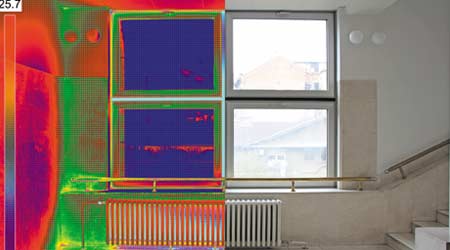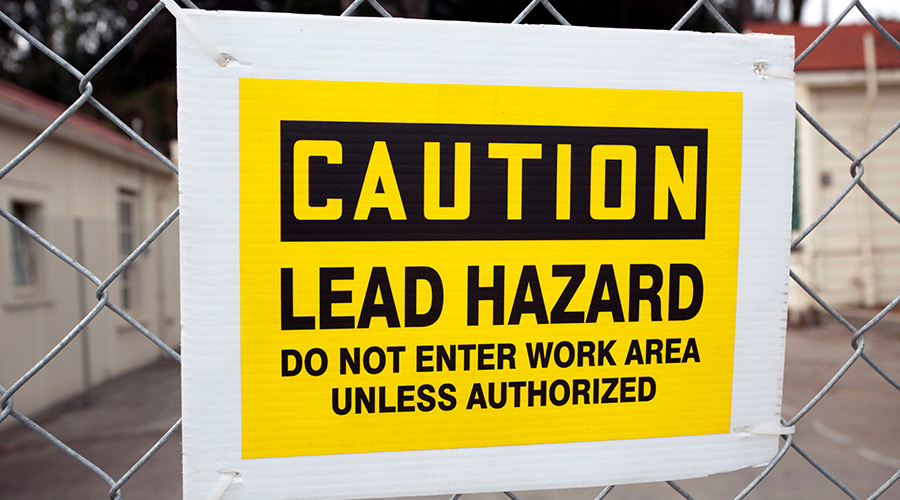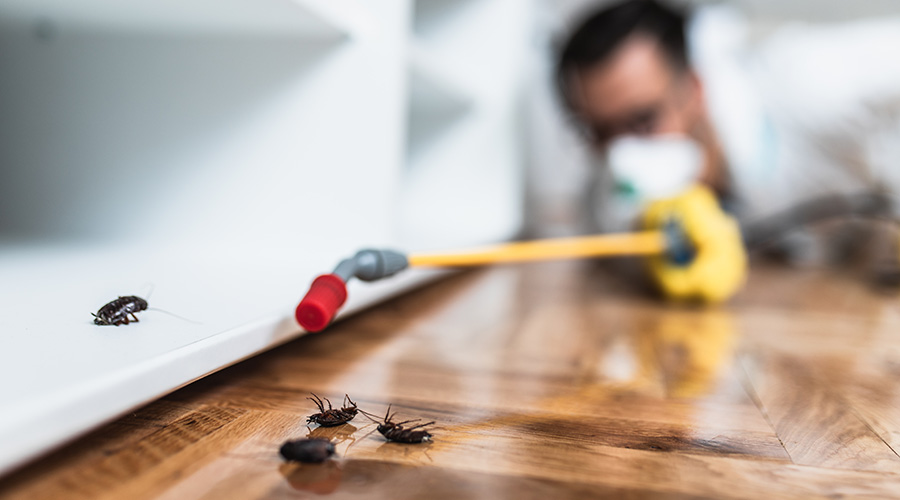Infrared Imaging: Demonstrating Its Value
Managers who understand infrared imaging can benefit from its value with diagnostic and predictive applications.
Infrared imaging systems are proving their value in a range of diagnostic and predictive applications in facilities. They allow front-line technicians to perform non-invasive, non-destructive tests on building components. They can examine building mechanical and electrical systems without having to take the equipment off-line. Unlike many other forms of testing, the results are immediately available.
One area where infrared imaging has readily demonstrated its value relates to electrical systems. Loose, dirty and corroded connections all increase resistance to electrical current that, in turn, generates heat, which accelerates the deterioration of the connection. Left uncorrected, a connection can fail. Infrared imaging systems can easily identify suspect connections, allowing technicians to make corrections before failures occur.
Heat is the enemy of other electrical components, such as transformers. If temperatures are too high, they can damage insulation resulting in a failure. Regular scans of transformers and other electrical components can help to identify problems, allowing technicians to take corrective action before failure occurs. Tracking scans over time also can help managers and technicians identify developing issues.
Technicians also can identify other issues, such as heavily loaded circuits or unbalanced phases, which is a benefit when additions or modifications must be made to an existing service.
Energy and envelopes
Infrared imaging also has been widely used in managers’ efforts to improve the energy efficiency of existing buildings. Thermal scans of building envelopes can clearly show where insulation is missing or where air is leaking into or out of a building. Defects in windows, such as failed glazing or seals, clearly show on infrared images.
Scanning mechanical systems such as air handlers helps front-line technicians identify leaks in ducts or around coils and filters. Piping insulation failures show up as temperature differences in thermal images. Technicians can even identify areas where fire dampers might have failed in the closed position.
By scanning a building’s envelope and its energy-using systems, technicians can identify areas of energy waste and develop priorities for correcting them. Again, tracking scans over time can help managers identify developing issues.
Keeping water out of facilities is a constant fight from the time the facility opens. While some leaks are readily visible, many can go undetected for years, resulting in damage to the building’s finishes and structure. Early detection is the key to limiting damages and repair costs.
Wet materials, such as insulation and wood, have different rates of heat conduction than ones that are dry. Infrared images can help technicians identify not only where moisture is present but also the extent to which it affects the structure.
This benefit is particularly valuable when evaluating the condition of a building’s roof. Thermal imaging shows the extent of water infiltration into the roofing materials — an important factor for managers who must decide if the most appropriate option is to repair or replace the roof.
Related Topics:
















